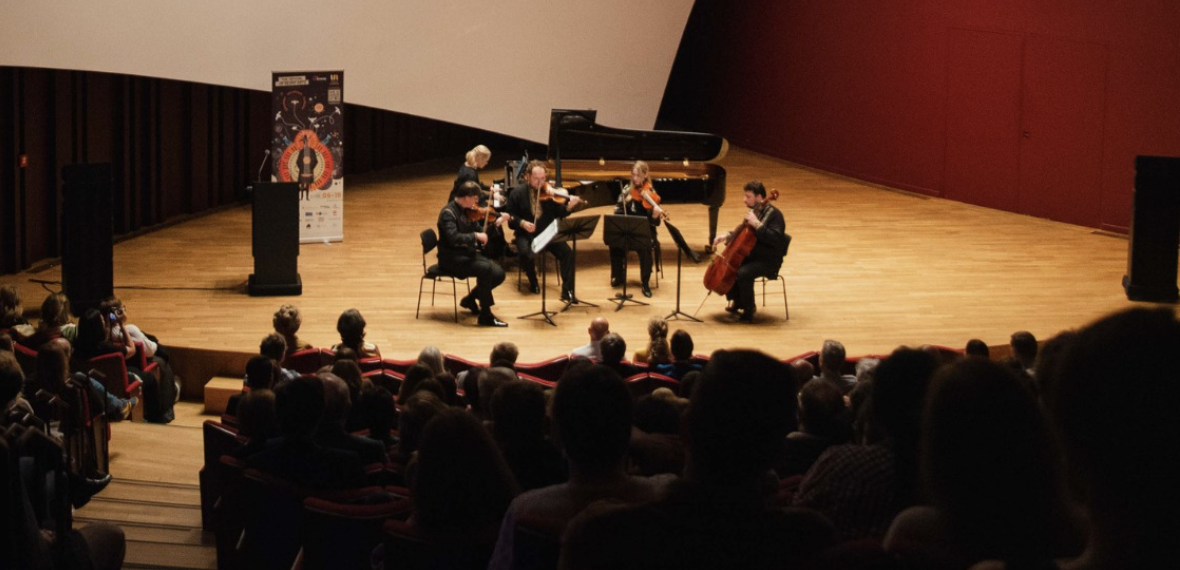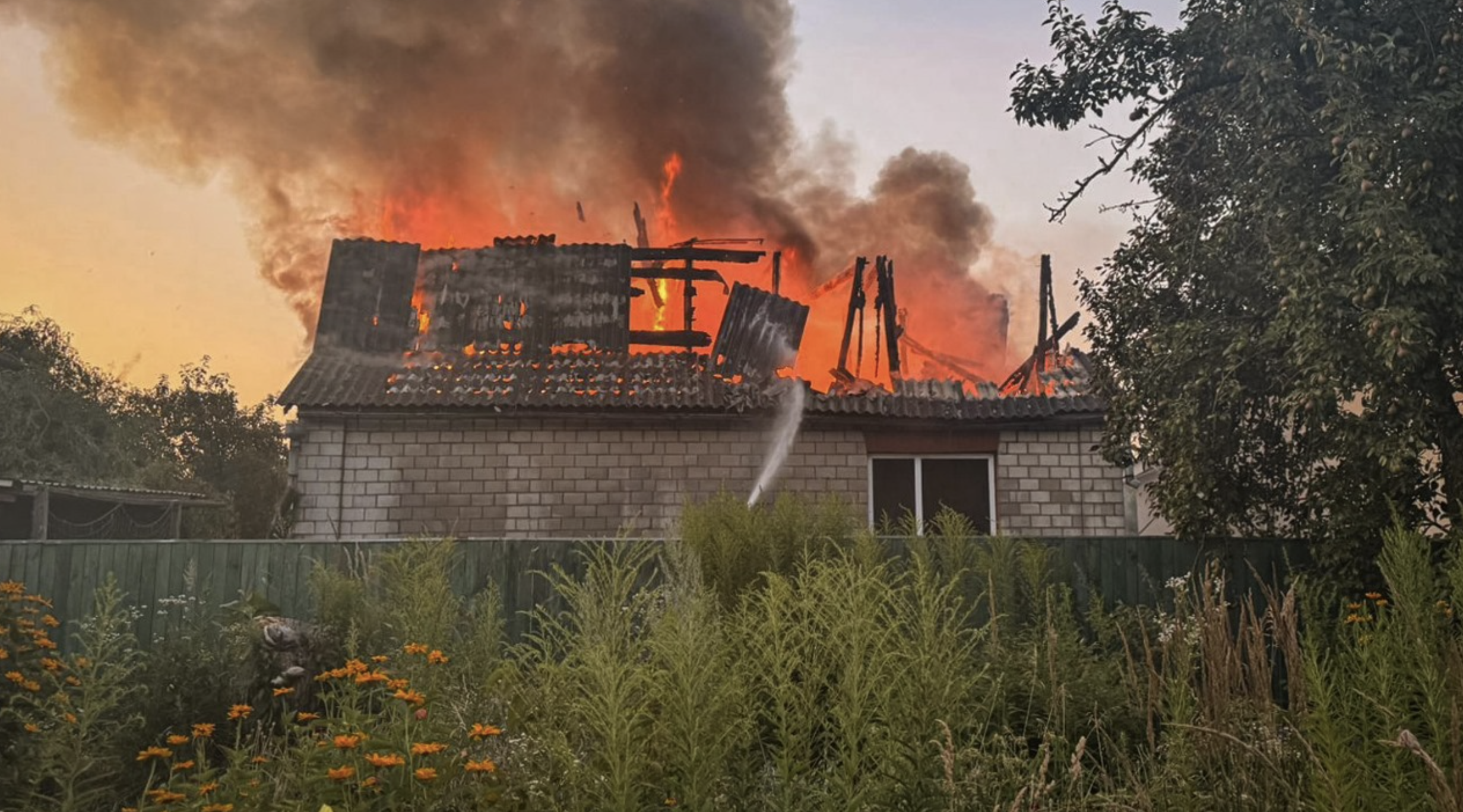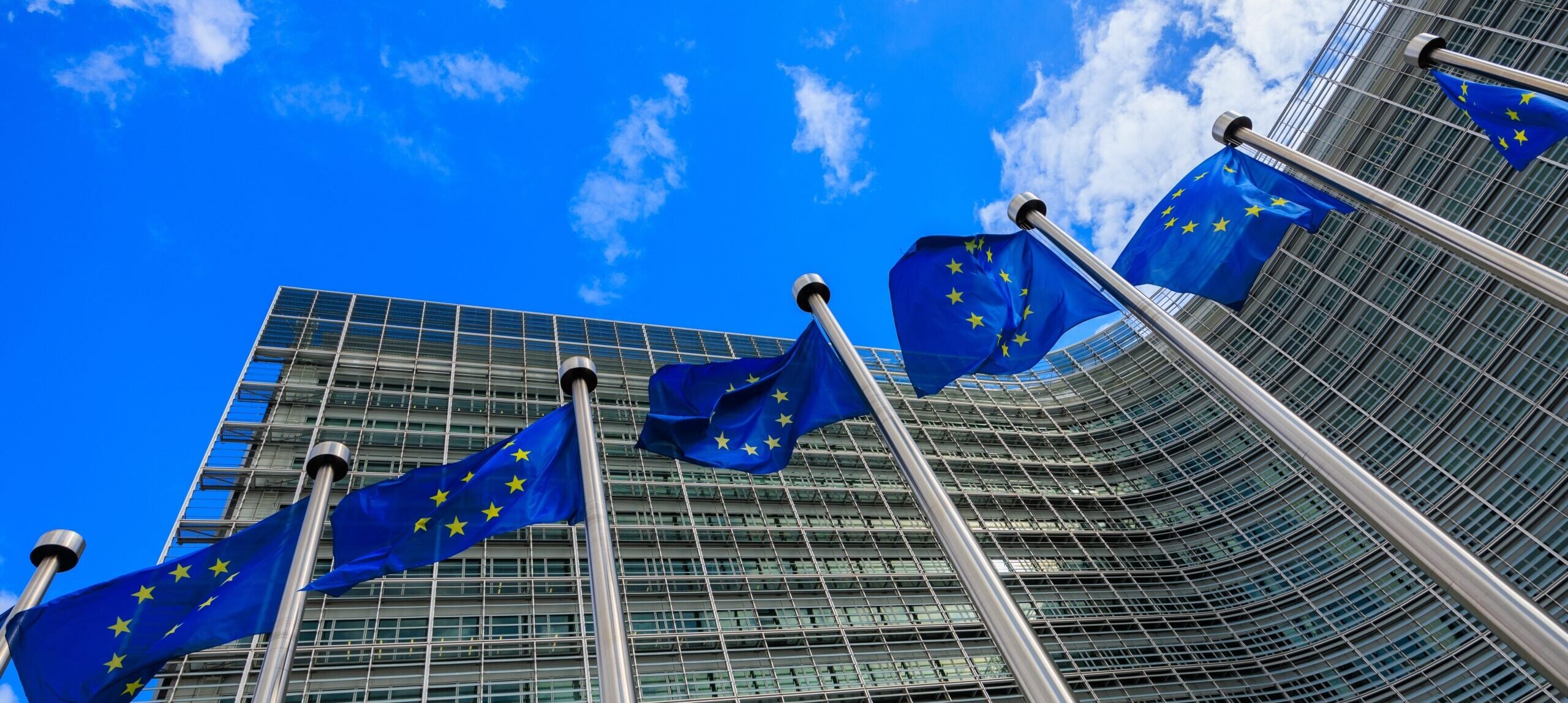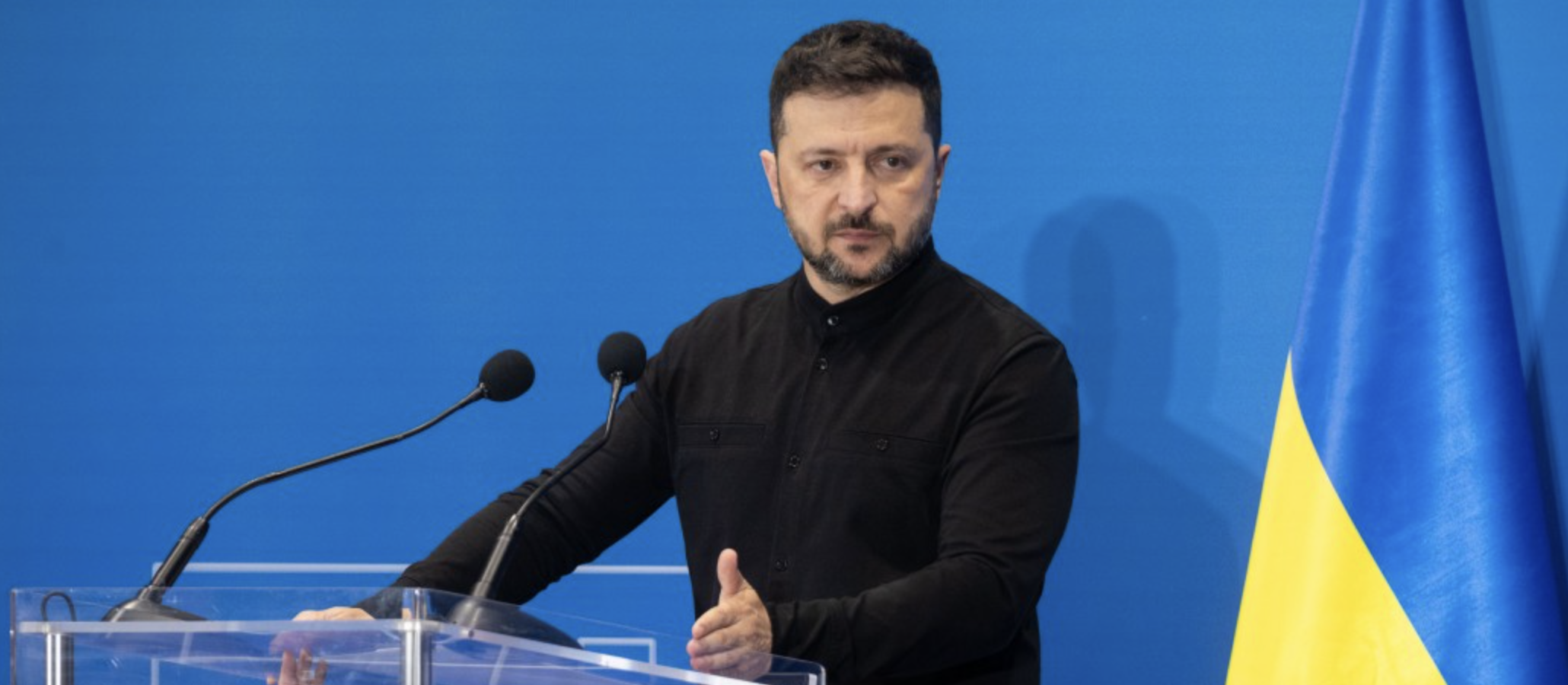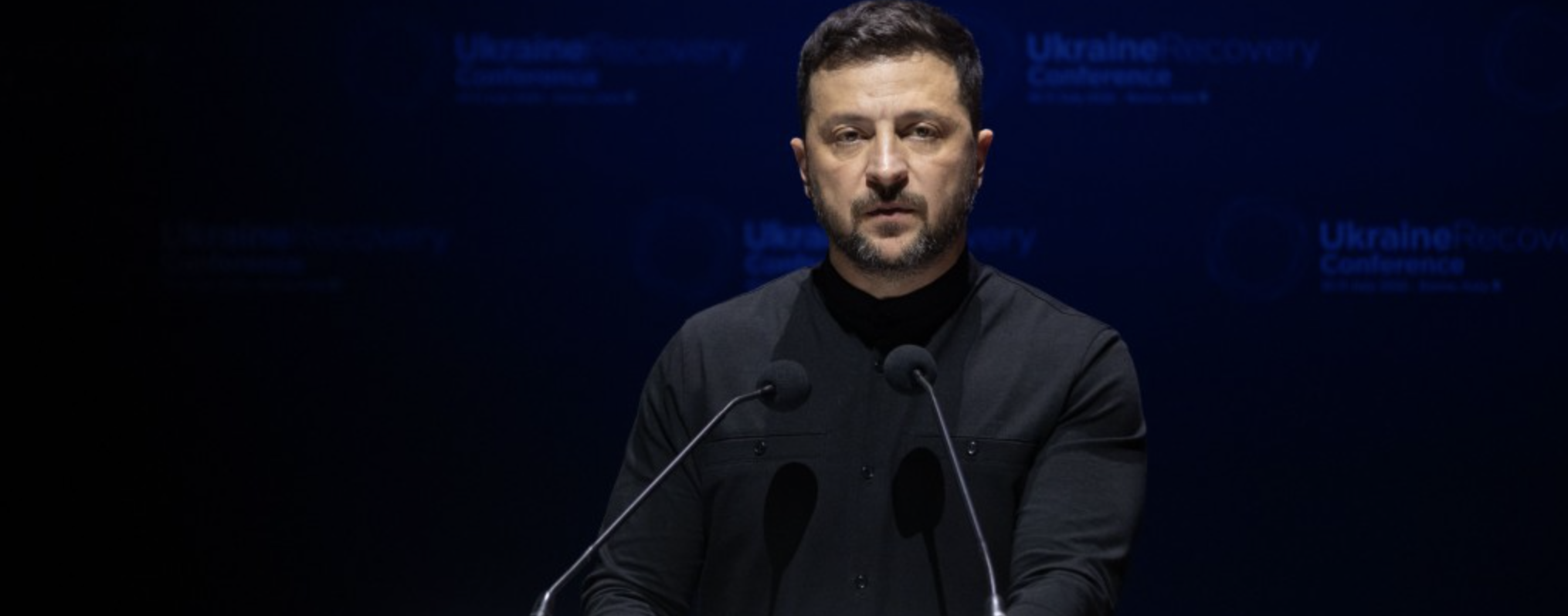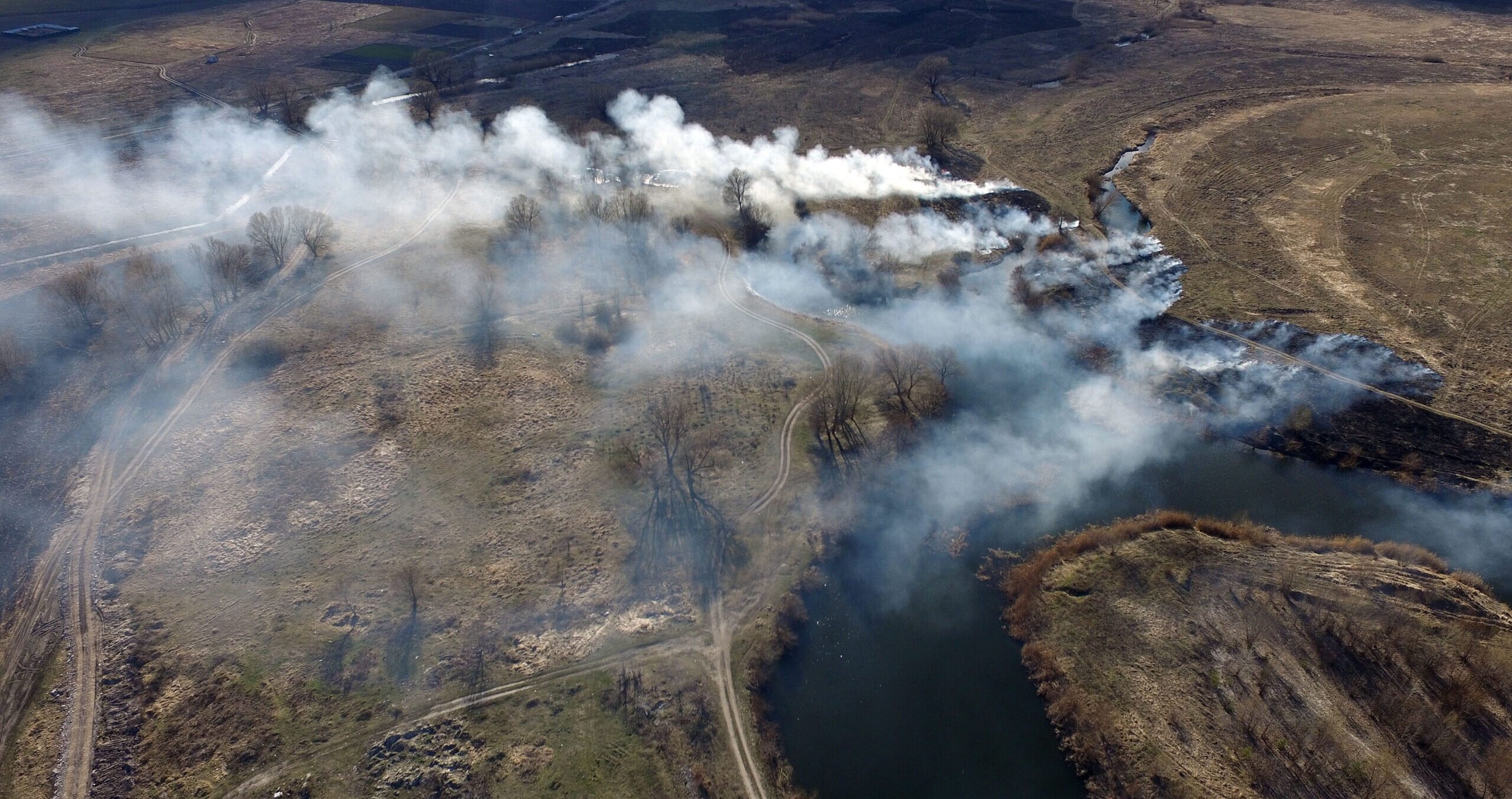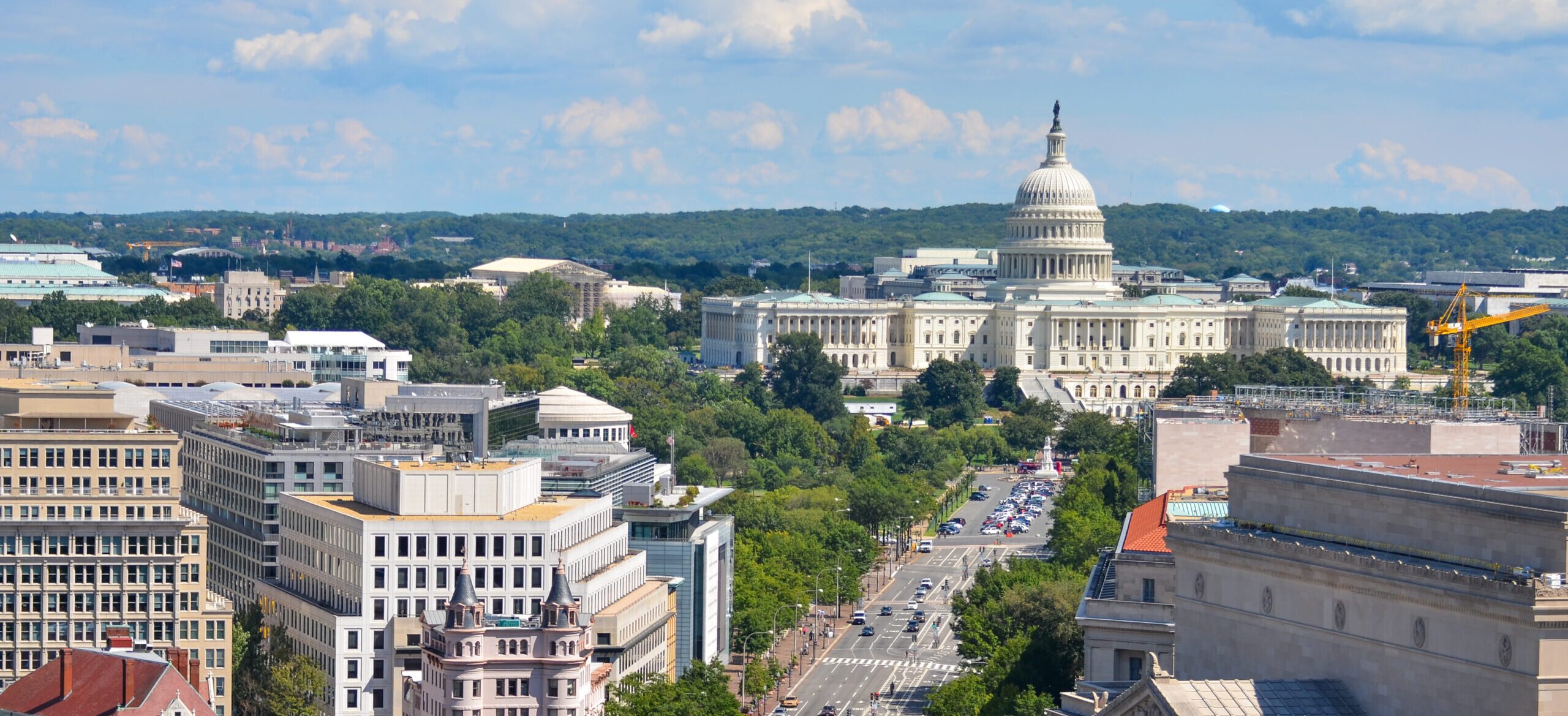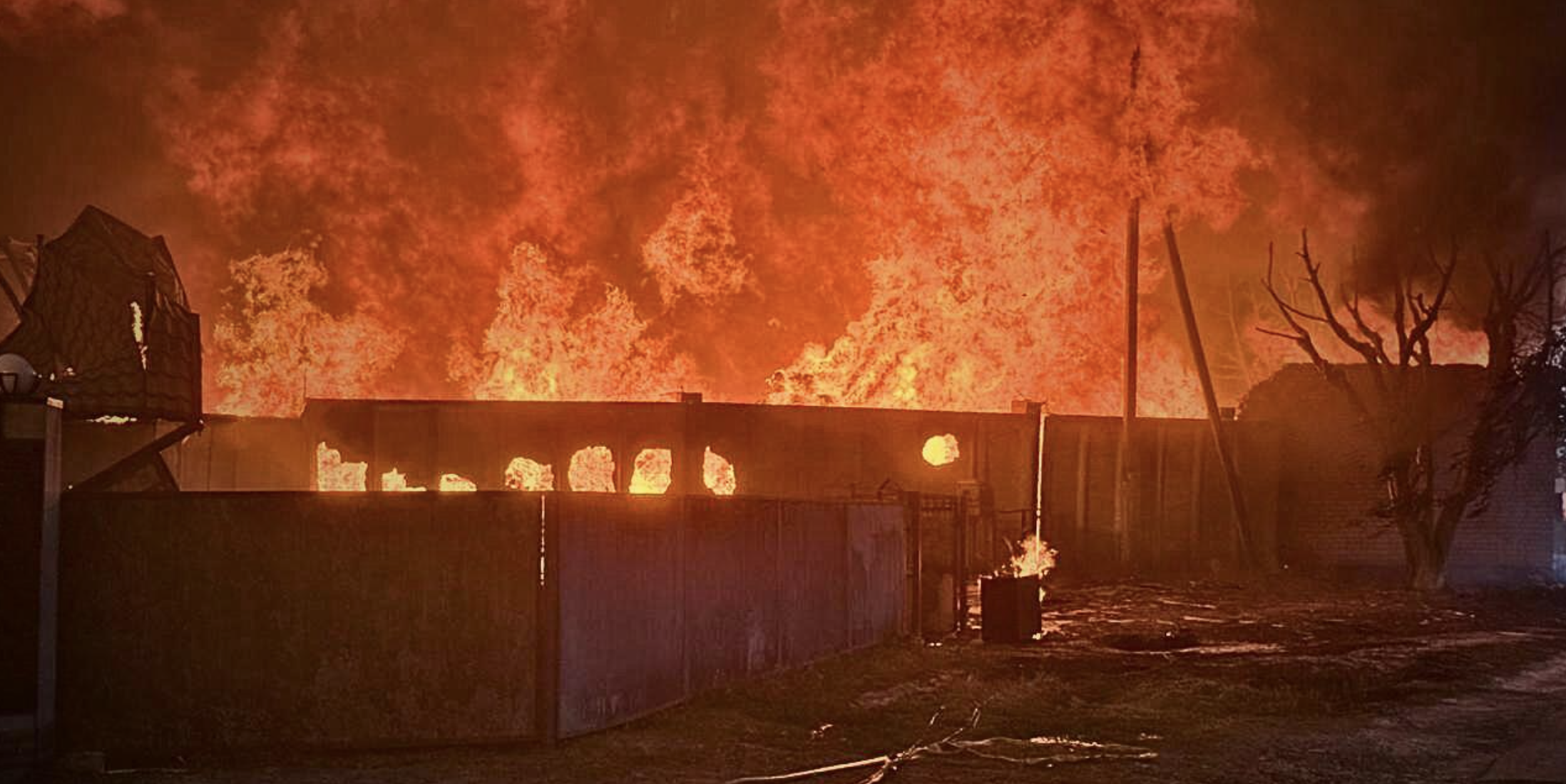
For our Defender’s Diary series, the following is part 1 of a long article published in Novynarnia on November 25 about combat medic Anna Olsen who served in the final days of the siege of Mariupol, was taken prisoner and later released in an exchange. Part 1 tells the true story of Anna’s service in the Ukrainian military through the night when her unit besieged in Ilych Steel factory realized there were only two choices – try a high-risk breakout or surrender.
***
Ryzhulya has returned from captivity. Marine combat medic Anna Olsen talks about her time in the battle for Mariupol, russian captivity and release
Events, which took place in Mariupol in the spring of 2022, are forever inscribed in the history of Ukraine with the blood of its residents and defenders. However, there are still many questions about this heroic episode that have yet to be answered. Many of them relate to the events surrounding the Ilyich Steel and Ironworks Factory, the defense of which was led by defenders of the 36th Brigade, 1st, 501st and 503rd Marine Battalions.
Even as the whole world watched the story of Azovstal practically live, the real story of Ilych Steel remains unknown to the general public. At the beginning of April, Russian propagandists began to spread a video of the capture of the 501st battalion. For several more days, the so-called “soldiers” of the Russian Federation were on duty near the plant to film the expected surrender of a large number of Ukrainian marines.
Separate reports broke into the Ukrainian information space that the fighters of various units of the 36th Naval Air Service were in a hopeless situation, facing their last battle, sending their last video. Although some called it fake news designed to weaken Ukrainian morale, by April 12, about a thousand marines had surrendered. This was preceded by an unsuccessful attempt by a part of the brigade led by Brigadier General Baraniuk to break through the encirclement towards the Zaporizhzhia region. A smaller part of the marines joined the defenders of Azovstal.
How did the defense of the Ilyich plant take place and how was it surrendered? How and who made this decision at Ilych Steel? How did the enemy treat prisoners of war, particularly women? How are our soldiers doing in russian POW camps? What about the first all-female exchange on October 17? Why did the two exchanged Ukrainian women decide to stay in occupied territory?
We talk about all this with Sergeant Anna Olsen, the senior combat medic of the chemical-biological defense company of the 36th Marine Brigade named after Rear Admiral Bilinsky, who, together with her brothers and sisters, served at the Ilyich plant, was captured and held for six months.
A sunny, cheerful girl with the positive call sign “Ryzhulya” (another nickname is “Limonka”), she miraculously survived the hell of Russian bombings. She went through physical and psychological torture in orc captivity, where her husband still remains. And she misses her daughter very much, who ended up in the occupied territory of Kherson Oblast.
Despite this, Anna Olsen radiates incredible optimism, patriotism and faith in Ukraine’s victory.
“Having captured the hospital, the Russians shot wounded military patients”
“I started my military career at the age of 19. In general, it was my childhood dream to become a military officer. After the 9th grade, I wanted to go to a military lyceum, but my mother convinced me to enter a medical college. And in 2015, as soon as I graduated with a paramedic diploma, I immediately signed a contract with the Armed Forces,” Anya says.
Now she is 26. And of those five years, the woman has been serving in the Marine 36th brigade, which is based in her native Mykolaiv.
Before the full-scale invasion, Ryzhulya was on rotation at the temporary command post of the 36th Air Force in the village of Kamensk on the northern outskirts of Mariupol. This is a small rear support facility: food and material warehouses, medical service, etc.
So Anya was engaged in the usual work of a “rear” military medic: signing travel letters, issuing medication, bandaging cut fingers and treating everyday injuries encountered by soldiers not on combat duty.

Anna Olsen with her siblings.
With the approach of February 24, personnel were informed that everyone should always have a bug-out bag with a minimum set of necessary items in the event of the need to rapidly escape artillery, etc.
However, knowing that a “great war” is possible and being at the epicenter turned out to be very different things.
Full awareness of how serious everything became in Kamensk happened on February 26, when a russian plane bombed the Marines’ deployment point for the first time.
“The territory there is quite small – it is a former pre-trial detention center, literally a few houses and a path,” says Anna. “At the time, I was going through the medicines in the bunker. And then – a sharp whistle, bang! At the first moment, you sit and do not understand what happened at all – the brain simply does not want to accept it. And then the guys fly in and shout, ‘We need a doctor!’
“And that’s it. Confusion disappears in an instant, you grab what you need and run upstairs to do your job.
“It was immediately terrible there: cars, houses were on fire, everything churned up in such a way that it was very difficult not to break your legs. The snow has just melted into a swamp. You run, you fall, it’s dirty. You loose your footing. It was still a marathon.
“The raid actually turned out to be unexpected: it was lunch, people were changing their posts, going to eat, someone was standing smoking. And suddenly, in one second, life was divided into before and after.
“There were girls with me who already had combat experience, so we got through it pretty quickly. The problem was that only one vehicle remained available, and we had eight wounded. And two boys, unfortunately, died. It was necessary to quickly find out who could be helped on the spot, and who could be evacuated to the hospital.
There were three heavily wounded ones. And, to my great regret, one of them did not make it. But not because the doctors could not help him. He would have been saved if the second Mariupol hospital, in which he was recuperating, had not been captured by the Russians.
Do you mean that they killed the wounded?
“Yes. He was shot on the spot. And probably not only him. There were both military and civilians there.
“I was told about this later, at the factory. I was shocked. I remember this man well. He lost a lot of blood, but he remained conscious, constantly talked to us, helped us as much as he could…
“I could have left before the bombing. But these are my boys!”
The real hell in Mariupol began in March. At that time, several battalions of marines, including Anna’s unit, were already stationed at the Ilyich plant, where, like Azovstal, there were fortified underground bunkers.
Ryzhula, as the only girl in the unit, was protected by the boys in every possible way. So while they were performing various combat tasks, Anya was actually constantly in the shelter with other women and the wounded – about 70 people in total.
“The most difficult ones were given help in another bunker, where there was a military hospital. The leadership of our brigade was also stationed there. And we had only three medics, so we divided responsibilities depending on who had what experience. Because it’s one thing when you deal with combat on every rotation. And when you are from the deep rear and your most difficult injury so far has been a cook who stuck his hand in a grater…
“Although it was a little easier for me as a paramedic in this regard, because I worked in an ambulance. If you don’t know something somewhere, experience helps. But still, combat experience is combat experience.”

Anna Olsen
Having found yourself in such a “meat grinder” after years of quiet service in the rear, did you regret that you decided to become a military officer?
“Never. By the way, I had the opportunity to leave before the bombing began. But I quite consciously decided to stay. Because these are my boys.
“My “boys” are 19 years old, so you understand. It was during the last draft when I signed my contract.
“There were five of them. My commander always joked that I was “like a hen with chickens” – because we are always together. And these “boys” behaved more heroically than many grownups.
“One boy – a late child in the family, he has no parents, he was raised by his grandparents. He received a serious leg injury, he is still being treated. And three have already retired to service.
You talk about them as children, and some people might find that offensive. Because no matter how young they are, they are above all warriors, defenders.
“They are heroes, of course. But for me they are children,” says the 26-year-old doctor.
Attempt to break through: “realized that it smelled like fuel and went back”
On April 11, on the official Facebook page of the 36th brigade appeared text with an appeal from a marine in besieged Mariupol, from the Azov Machine plant. The author emphasized that the situation is very difficult, the unit is running out of ammunition, and there is no support. Some people thought that the post was enemy psy-ops and that the unit’s page had been hacked. Novynarnia knows for sure that the letter was genuine and was written by one of the officers. Later, the post was deleted, but this happened after it became known that most of the marines surrounded in Mariupol were captured.
Some of the defenders, as is known, managed to break through to Azovstal and continued to hold the defense together with the Azov regiment. There was also a group under the command of Ukrainian hero Brigadier General Volodymyr Baranyuk of the 36th Marine Brigade from Mariupol who allegedly tried to break out of the Ilyich factory. Later, it became clear that Baranyuk himself, Brigade Commander Dmytro Kormyankov and at least some of the fighters who went with them, were eventually captured by the russians.
You were at the epicenter of those events. Tell us how the situation developed. From what you know personally. Who ultimately made the surrender decision for your unit? After all, it didn’t happen with you like in Azovstal, where “evacuation into captivity” took place by order of the highest command.
WE HAVE BEEN TOLD THAT WE ARE, TO PUT IT MILDLY, “IN A BIT OF TROUBLE”.
“I am an ordinary medic, so I can hardly assess the situation on the scale of the entire brigade. But, we had little food. As a medic, I was more interested in medical support – and it was also running out rapidly, because there were so many wounded. But most importantly, there was very little ammunition. Specifically, our weapons (my unit has specific weapons) ran out very quickly, only submachine guns and pistols remained.
“At the same time, incoming fire became more and more frequent, we were constantly bombarded by various types of aerial bombs. And these blows were so precise that it seemed as if someone was telling them exactly where to hit. Most of the hits were on the officer’s bunker.
“And since my bunker was nearby, we also constantly received “visitors”. Up to 8-9 “arrivals” could be counted per day. They even calculated their schedule and roughly knew when we would have 1-2 quiet hours.
“You’re counting. There have already been three arrivals to the hangar. So it’s time to quickly run upstairs and get some food – we had bags of cereals and beef stew there. The hangar is huge, but the roof is practically gone: you stand as if in a stadium, counting the stars… And you see: more arrivals – you have to run back.
Consequences of Russian shelling at the Illich factory. Mariupol, spring 2022
“So, the situation was really very difficult, and it could not last like this for a long time.
“All of a sudden, my commander came to our unit for a council. In our unit, all decisions that affected us all were always made collectively. The commander always consulted with us. He described the situation, expressed his opinion, listened to ours. And in the end, we came to some common compromise. This is such a big family, there’s a reason that everyone always tried to join our company.
“In short, he comes, lays out the situation and says that there will be an attempt to break out of the encirclement. At that time, we were inside three rings of Russian troops – we were surrounded by about 14 thousand. The closest ring was getting tighter and tighter. The fighting had already started not only on the outskirts of the plant itself, but actually near our bunkers.
“He explained all the risks. And we agreed that we should try.
“The commander described the pros and cons of the road out, what to do if a vehicle was hit (I had to go with the injured), how to differentiate friendlies from russians; where and what to say and how we should answer.
“And so, in the dead of night, somewhere at the beginning of one o’clock, we tried to leave. I had only one car left in my unit, which was cobbled together from the spare parts of all the cars that the orcs destroyed. And so we loaded into it and drove, without lights, blindly, trusting the driver. The factory was huge – I think it was about 10 square kilometers.
“We had already traveled quite a distance when the bombardment began. Airplanes, artillery, machine guns – everything they had. Just a huge exploding light show in the middle of the night. And this is a huge convoy trying to leave. And then, the convoy stopped. It’s impossible to go any further, things are igniting, exploding, burning around you, total chaos.
“I was sitting in the car near the gas tank, the car was without a roof. I looked up, such a starry, beautiful sky…And I think: at least, if it hits directly, I won’t have time to understand anything.
“And then our commander orders a sharp detour. We smell the strong smell of fuel and turn around.
Either to Azovstal or into captivity
“We had just reached our bunker and began to unload when a plane flew at us and dropped a bomb in the hangar only 200 meters away. I will tell you this: even those who did not believe in God believed in him there.
“Everyone was scared, dirty, we were badly torn up, many were contused. But we were very lucky. Everyone was alive. During that breakthrough attempt there were a lot of casualties. Many shells hit cars that were transporting the wounded… Many boys and girls died.
“We quickly ran back to the bunker – and after that we decided to give up.
How was this decision made? Also collectively?
“Yes of course. We gradually calmed down. Some lay down to rest, some smoked or drank coffee, talked. And at dawn, the commander came. And he says:
‘WE NOW HAVE TWO OPTIONS: EITHER TO PRISON OR TO AZOVSTAL. I WILL ACCEPT EITHER CHOICE’

“At that time, a breakthrough to Azovstal seemed unrealistic. After all, there were a lot of us. This is a whole column, with wounded. This is a road that you do not know, which is partially mined and completely shot through. There are blown bridges. There are enemy planes over your head.
“We sat and thought. I immediately said that, in this situation, I would choose captivity. I have to go back to my family. The commander accepted it. We hugged him, agreed on plans for further actions when we returned home. Then they went their separate ways.
“The unsuccessful attempt to break through was on the night of April 11-12. And already in the evening of April 12, the first party was captured.”
END OF PART 1
